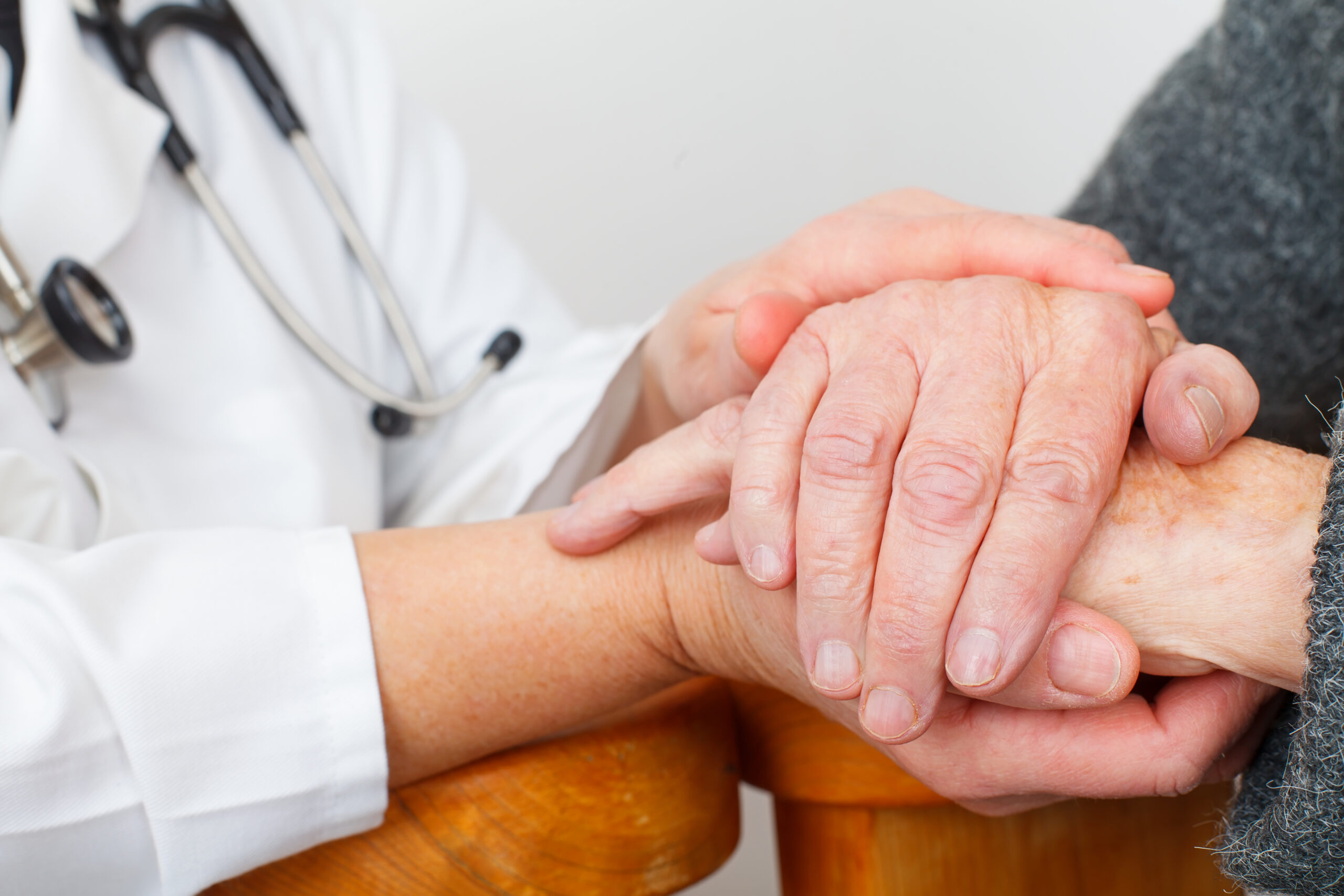Urinary Incontinence (UI), or the leakage of urine, affects an estimated 13 million Americans. Both men and women of all ages can experience UI that can make them feel ashamed and isolated.
Innovations in therapy have made UI much easier to treat than in the past. Still, millions of individuals continue to suffer the discomfort and inconvenience of UI. Despite its annual cost of $15 billion dollars, most individuals do not seek help for UI, primarily due to embarrassment.
There are two types of urinary incontinence that benefit from physical therapy treatment.
Stress Incontinence happens when urine leaks during exercise, coughing sneezing, laughing, or lifting that puts pressure on the bladder. Leakage occurs due to weak pelvic floor muscles and poor ligament support at the urethra.
Urge Incontinence happens when an individual is unable to hold their urine long enough to reach a toilet. The sensation is overwhelming—the bladder muscle contracts at the wrong time, leading to leakage of urine. Urge incontinence can stem from reversible causes like a bladder infection, bladder irritability from surgery, or simply poor dietary and bladder habits. Urge incontinence may also be caused by problems with the nervous system such as following a stroke.
It is important to find a healthcare practitioner who is knowledgeable in treating UI. A thorough examination from your physician should be performed to rule out any medical conditions that may be causing your incontinence.
Kegel exercises are designed to strengthen the pubococcygeus muscles located around the bladder opening. You can identify these muscles by attempting to stop and start your urine stream. Stopping your urine stream is only a way to identify the muscles used for Kegel exercises or to see if you are improving. Once you have learned how to contract the pelvic floor muscles, try doing Kegel exercises frequently throughout the day such as while stopped at a traffic light, or when talking on the phone. Hold the muscles contracted for about three seconds, 12 to 15 repetitions, resting for a few seconds between each exercise set. Do these at least three to six times a day.
If you are having difficulties identifying these muscles, there are healthcare professionals who can assist you. Physical therapists who specialize in gynecological physical therapy can help people strengthen their pelvic floor muscles to help improve bladder control.
How Physical Therapy Can Help
Your physical therapy treatment plan may include:
Pelvic Floor Exercises: Pelvic floor contractions (or Kegel exercises) involve squeezing the sphincter muscles while imagining that you are trying to stop urine flow. Most men and women do not know how to contract their pelvic floor.
Exercises to Improve Muscle Strength: Your physical therapist will teach you specific exercises to improve your pelvic floor and core strength.
EMG Biofeedback: The therapist places a sensor over the pelvic floor muscle that “reads” the activity in the muscle. A wire connects the sensor to a computer screen and the client learns how to perform Kegel exercises correctly. Research shows that 70% of women fail to contract their pelvic floor muscles correctly when given verbal or written instruction alone. Biofeedback is a valuable adjunct to treatment in teaching individuals how to contract their pelvic floor muscles.
Electrical Stimulation: Gentle electrical stimulation is used to help make you more aware of your muscle function.

